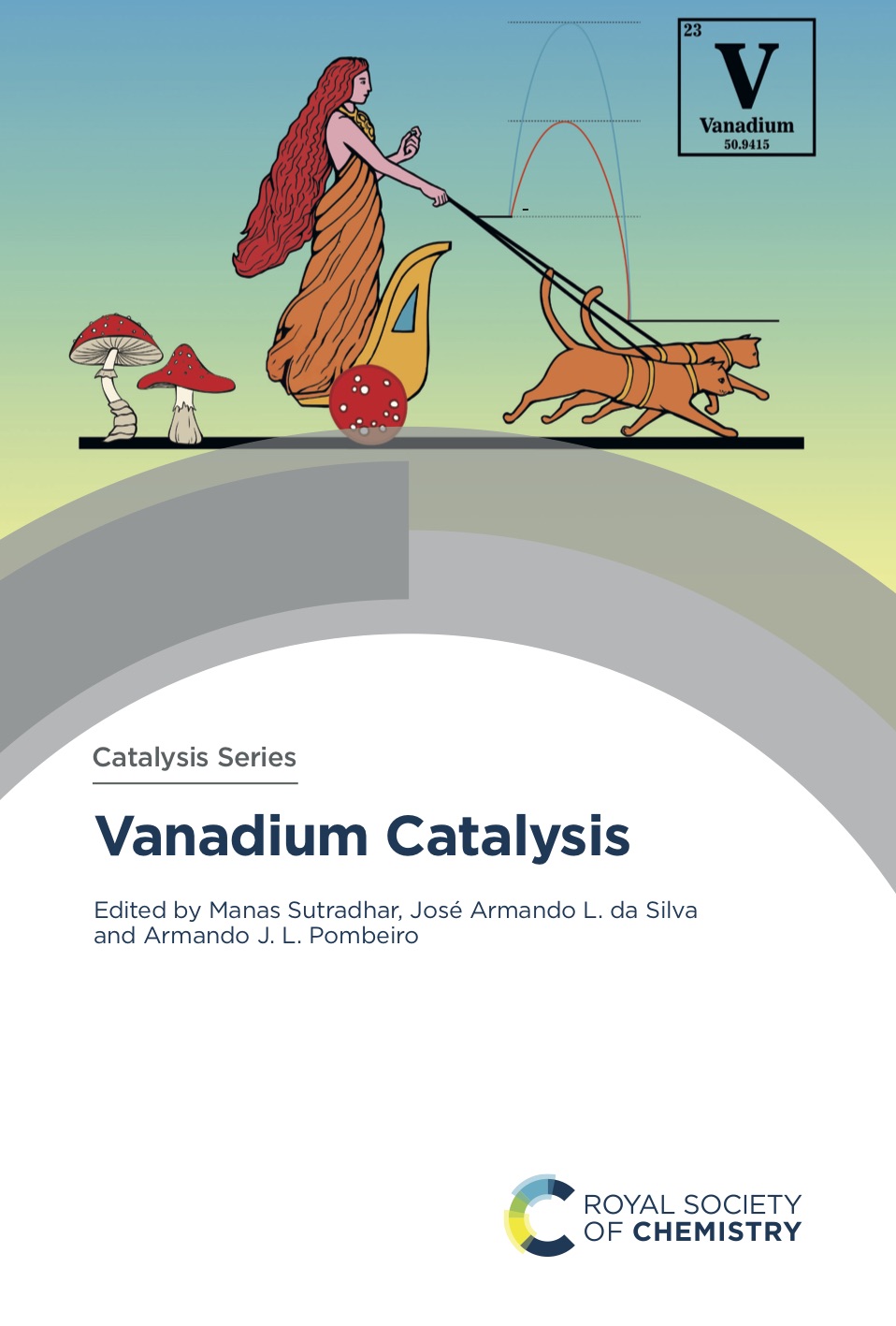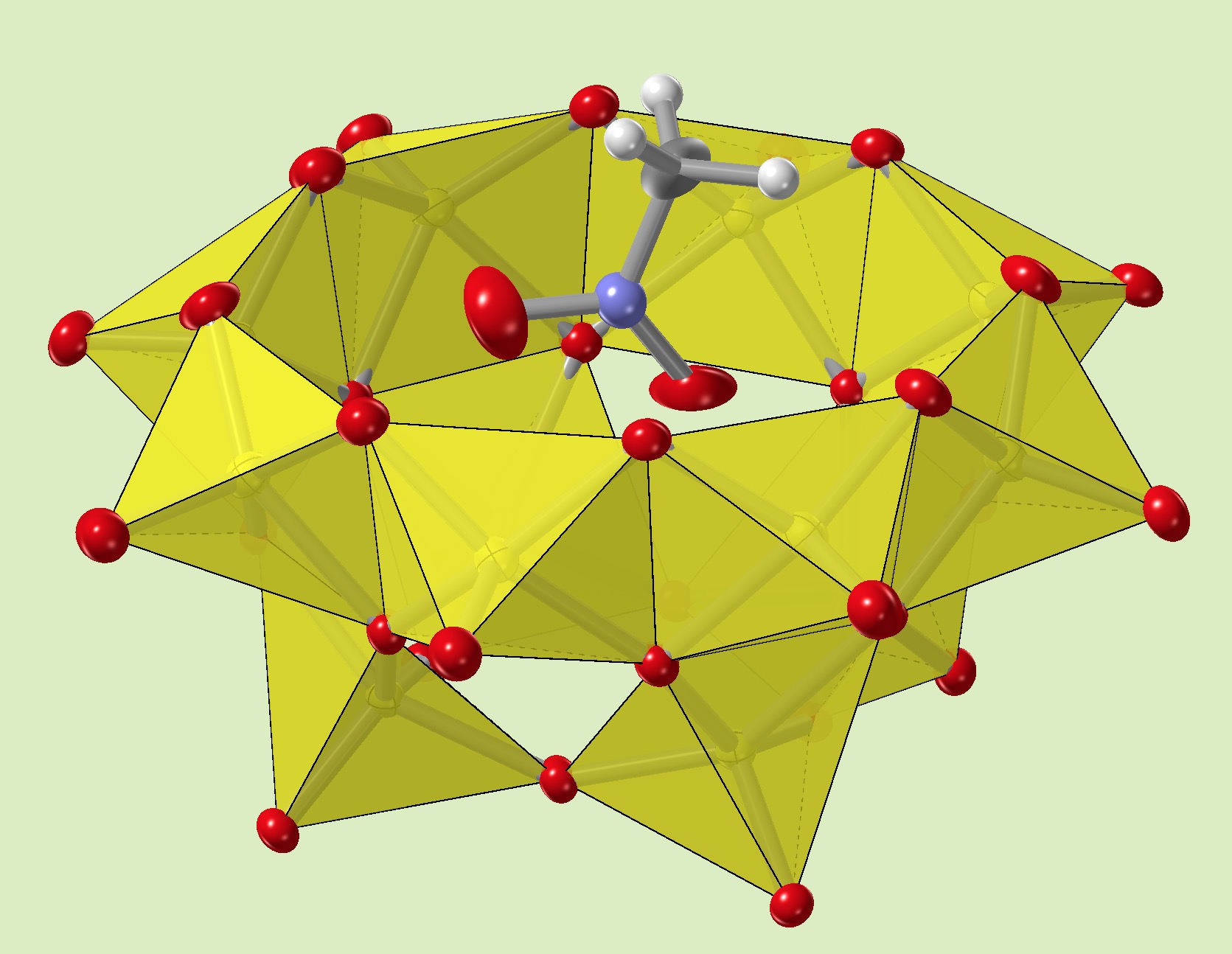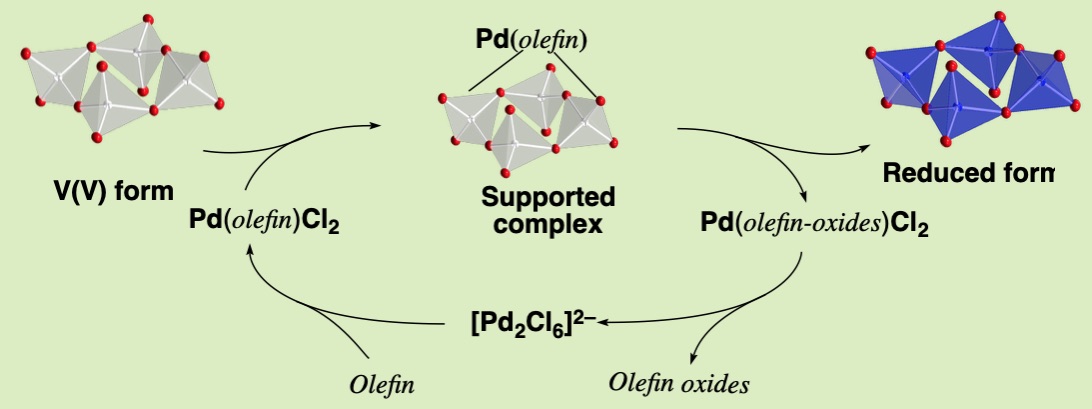In Vanadium Catalysis
- Chapter 8 Polyoxidovanadate catalysts in nonaqeuous solution,
Y. Hayashi, In Vanadium Catalysis; M. Sutradhar, J. Silva and J. L. Pombeiro, Eds; RSC Catalysis Series; The Royal Society of Chemistry, 41, pp 144-164 (2021). 分子サイズのセラミックビーカー
- Molecular Size Ceramic Beaker: Bowl-type Polyoxometalates,
Y. Hayashi and Y. Kikukawa, 化学. Kagakudojin, 74, 68-69 (2019). Cation binding and anion binding in polyoxovanadates
- Stepwise Synthesis of Disk- and Ball-Shaped Polyoxovanadates: All-Inorganic Coordination Chemistry of Polyoxovanadates,
Y. Hayashi, T. Shinguchi, T. Kurata and K. Isobe, in ACS Symposium Series 974, Vanadium: The Versatile Metal, ch. 29, pp. 408-423 (2007). DOI: 10.1021/bk-2007-0974.ch029. IR and UV data for Reduced Polyoxovanadates
- Reduced polyoxovanadates in non-aqueous media: Condensation reaction of polyoxovanadates by reductive or oxidative coupling,
Y. Hayashi, Y. Koyama, T. Shinguchi and K. Isobe, in Vanadium Biochemistry, 15-32 (2007).

Various vanadium-oxide clusters are exhibited and their spontaneous formation in solution is rationalized. Unlike organic chemistry that is governed by the formation of covalent bonds, inorganic-oxide molecules are dynamic species due to their flexible ionic bonds and have an exquisite beauty showing a spectrum of beautiful colours arising from various coordination modes and valence states. In a catalytic reaction using a vanadate source, vanadium-oxide clusters are often formed and transformed – it is also easy to restore the structure back to the original form. The relative easiness of the transformation in a different structure of blocks, tubes, bowls, cages, spheres and rings is key to understanding each catalytic process. The analogy between the graphite structure and the V2O5 stacked-2D-sheet structure explains the formation of tubes and spheres and is reminiscent of the discovery of nano-tubes and fullerenes in carbon chemistry. Vanadium chemistry enjoys an easiness of modification and incorporation of a guest molecule that it can feasibly control compared to the stubborn fullerene host–guest complex.

The chemistry of inorganic bowl-type host with a future perspective is described as a review of chemistry in 2019 on 化学, Kagakudojin publisher.

The chemistry between polyoxovanadates as a ligand and polycations as a metal cation defines a new class of heteropolyoxovanadates and provides an example of all-inorganic coordination chemistry of a well-defined soluble species. Another examples are reduced polyoxovanadates. For example, reduced-tridecavanadate shown in the left figure forms a dimer connected by 8 hydrogen bonds with reversible redox chemistry.

The condensation reactioin of polyoxovanadates by reductive or oxidative coupling reaction is described and a fundamental IR and UV data are provided in this book.